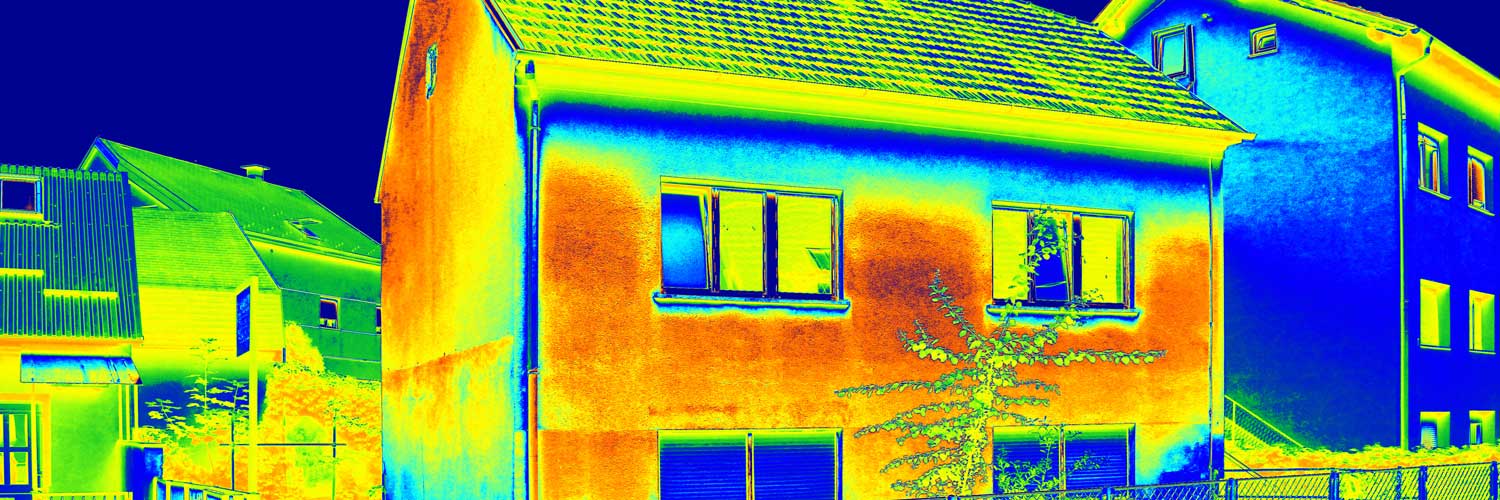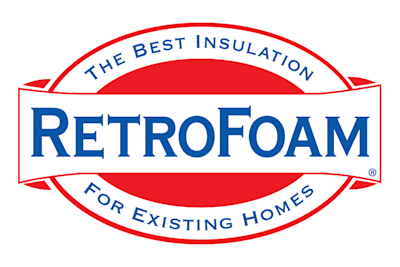What is the Highest R-Value Insulation?


When you’re researching insulation for your home, all of those numbers on an R-Value chart can feel overwhelming.
You’ll see requirements, codes, and technical jargon, and it starts to sound like alphabet soup. But here’s the question most homeowners want answered: Does a higher R-Value really mean better insulation?
Let’s break it down so you can make an informed decision for your home.
What is R-Value?
R-Value measures how well insulation resists heat transfer through conduction.
Think of it this way: it’s the middle of winter, and you sit on a cold metal bench. The chill will go straight through something like leggings, and that’s conduction. Now, if you’re wearing something thicker, like jeans or snow pants, that chill doesn’t hit quite as hard.
Why? Because the thicker the material, the better it slows down heat loss.
Insulation works the same way. The thicker or denser it is, the higher the R-Value and the slower heat moves through it.
Insulation R-Value Per Inch Chart
Here’s a quick insulation R-Value chart per inch by material.
.png?width=2000&height=1294&name=R-Value%20Chart%20(5).png)
- Closed Cell Spray Foam: R-6 to R-7
- Foam Board: R-4.6 to R-5
- RetroFoam Injection Foam: R-4.6 to R-5
- Open Cell Spray Foam: R-3.6 to R-3.9
- Cellulose: R-3.1 to R-3.8
- Fiberglass Batts: R-2.9 to R-3.8
- Fiberglass Loose Fill: R-2.2 to R-2.9
On paper, closed cell spray foam looks like the highest R-Value insulation. But before you jump on that bandwagon, there’s more to the story.
How Much Insulation Do You Need?
The answer depends on your climate zone.
- In warmer climates like Texas or Florida, attic insulation, for example, typically needs to be between an R-30 and R-49.
- In colder states like Michigan or Wisconsin, that number climbs to R-49 or even R-60.
Traditional insulation, like fiberglass and cellulose, can be layered over and over until you reach the required number. Foam insulation, however, works differently.
Factors That Can Change R-Value
R-Value isn’t a fixed guarantee – it can shift based on outside conditions.
- Temperature: Some insulation materials lose effectiveness below 32 degrees Fahrenheit.
- Moisture: If fiberglass or cellulose gets wet, the R-Value drops significantly.
- Air Movement: Leaky insulation allows air to move freely, reducing overall performance.
Here’s something interesting: RetroFoam’s R-Value actually increases in colder temps, from R-4.6 to R-5 per inch. That means it gets better at doing its job when you need it most.
Does Higher R-Value Mean Better Insulation?
Not necessarily.
A higher R-Value doesn’t account for air sealing, which is one of the biggest factors in keeping your home comfortable and energy-efficient.
Traditional insulation materials like fiberglass and cellulose don’t stop air movement. That’s where foam insulation stands out, because it both insulates and air seals.
In fact, building codes allow foam insulation to pass based on its performance (tested through tools like the HERS Index and REScheck), even if it doesn’t hit the same R-Value numbers as traditional insulation.
R-Value and Your Home
Chasing the highest R-Value insulation isn’t always the smartest move.
What really matters is comfort, efficiency, and air sealing. Foam insulation may not always have the absolute highest number on an R-Value chart, but it delivers better real-world performance.
If you’d like to learn more about how foam insulation can improve your home’s comfort and efficiency, check out the Learning Center on our website for articles, videos, and resources to answer all of your questions.
Key Points:
- R-Value measures conduction – heat transfer through physical contact.
- Closed cell spray foam has the highest R-Value per inch, but R-Value isn’t the whole story.
- Climate zone requirements determine how much insulation you need.
- Moisture, air movement, and temperature can reduce insulation performance.
- Foam insulation air seals your home, making it more efficient even at lower R-Values.
Related Articles
R-Value vs. Air Sealing: What Homeowners Need to Know About Insulation
Understanding R-Value and U-Value: The Key to Efficient Insulation
What Homeowners Often Misunderstand About Insulation R-Value
FAQs About R-Value and Insulation
What is an R-Value chart?
An R-Value chart shows the insulation value per inch of different materials, making it easier to compare performance.
What is the highest R-Value insulation?
Closed cell spray foam generally has the highest R-Value per inch (R-6 to R-7).
Does higher R-Value mean better insulation?
Not always.
Higher R-Value only measures resistance to heat transfer – it doesn’t account for air leaks. Foam insulation provides both insulation and an air seal.
How much insulation do I need?
It depends on your climate zone.
For example, attics in warm climates may require R-30 to R-49, while colder climates may need R-49 to R-60.
Why is air sealing important?
Air sealing prevents drafts, keeps conditioned air inside, and helps foam insulation outperform traditional materials in overall comfort and efficiency.
About Amanda Emery
Amanda previously has worked as a breaking news and crime reporter, TV news producer, and editor. As a journalist, she has won several awards from The Society of Professional Journalists - Detroit Chapter and the Michigan Press Association. Amanda uses her experience as a journalist to write content that will help educate homeowners on foam insulation benefits. When Amanda isn’t writing, she’s spending time with her husband Chris, daughter Lilith-Maeve, and rescued huskies Danger and Wendigo. She also loves knitting, making art, and cooking.



